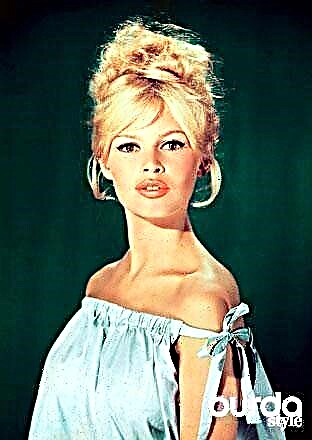A special coating gives the fabric special properties that ensure its resistance to external factors such as dirt, water, dust, mechanical stress.

Typically, coated or specially impregnated fabrics are used for sewing outerwear for the off-season. But protection from wind and precipitation is relevant at any time of the year, therefore light windbreakers, cardigans, raincoats, jackets, children's and special clothes are also sewn from such fabrics. In addition, coated fabrics are also used for upholstery.
Types of coverage
● Water-repellent fabric impregnation is most often found on cloak fabrics. But thanks to modern technology, some coat and costume fabrics are also subjected to such processing.

Water-repellent impregnation is applied on the front side of the fabric. As a result, water that has fallen onto the treated surface simply rolls off droplets from it, thereby preventing the material from getting wet.

● A coating that protects the fabric from dirt and increases its wear resistance. Materials with such a coating are ideal for children's and special clothing, as well as for furniture upholstery.
- Special offer

- 1
- 2
- 3
- 4
- Special offer

- 1
- 2
- 3
- 4
- Special offer

- 1
- 2
- 3
- 4
● A “windproof” coating is applied to the wrong side of the fabric, giving it also waterproof properties.
- Special offer

- 1
- 2
- 3
- 4
- Best-seller
- Special offer

 Raglan Sleeve Blouse
Raglan Sleeve Blouse- 1
- 2
- 3
- 4
- Special offer

- 1
- 2
- 3
- 4
How to sew and cut from coated fabrics
● Details of the cut from coated fabrics are swept and sewn with thin needles and thin threads, while the stitch of the machine stitch should be medium-sized (3-4 mm), because small stitches too perforate the fabric. It is advisable not to rip the finished seams, otherwise the needle marks will inevitably remain.

● If the sewing machine does not advance the fabric well when sewing parts, it is necessary to replace the regular foot with a foot with Teflon sole.
Feet for sewing machines: description, purpose
● Iron fabrics coated without steam with a slightly heated iron through a dry iron.
Important! Be sure to pre-test on an unnecessary flap!
● An adhesive pad (for example, H 180 cotton fleece or Freudenberg's G 785 woven non-woven fabric) is ironed onto parts of a fabric coated without a steam with a slightly heated iron.
We sew from genuine leather
● Products from coated fabrics cannot be washed - they should be dry cleaned to avoid deformation of the item and loss of a special coating from the fabric.
Photo: ebay.com



